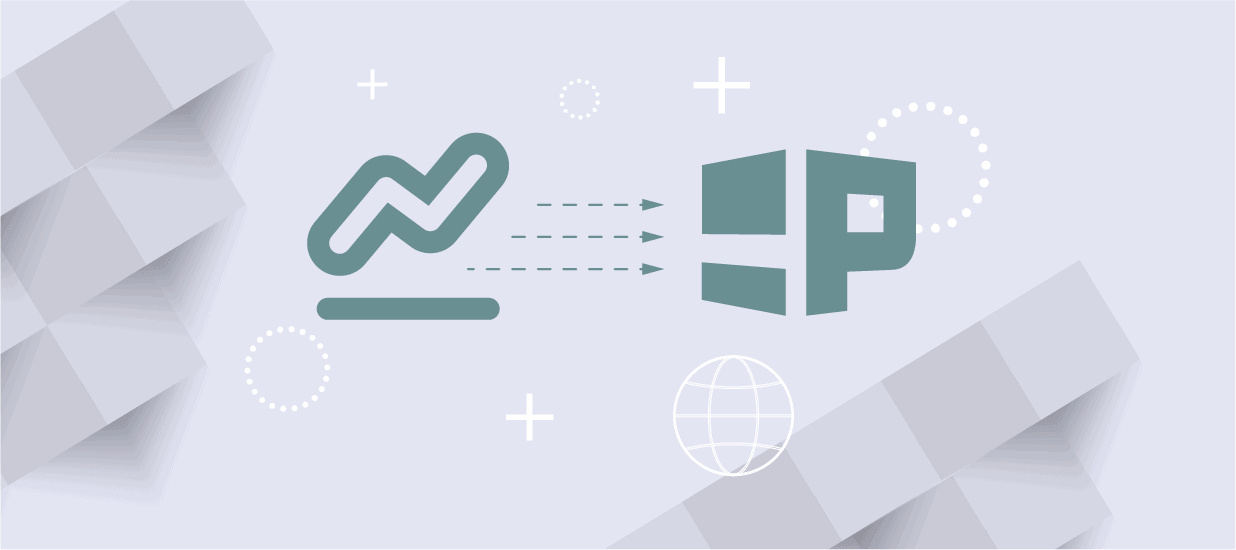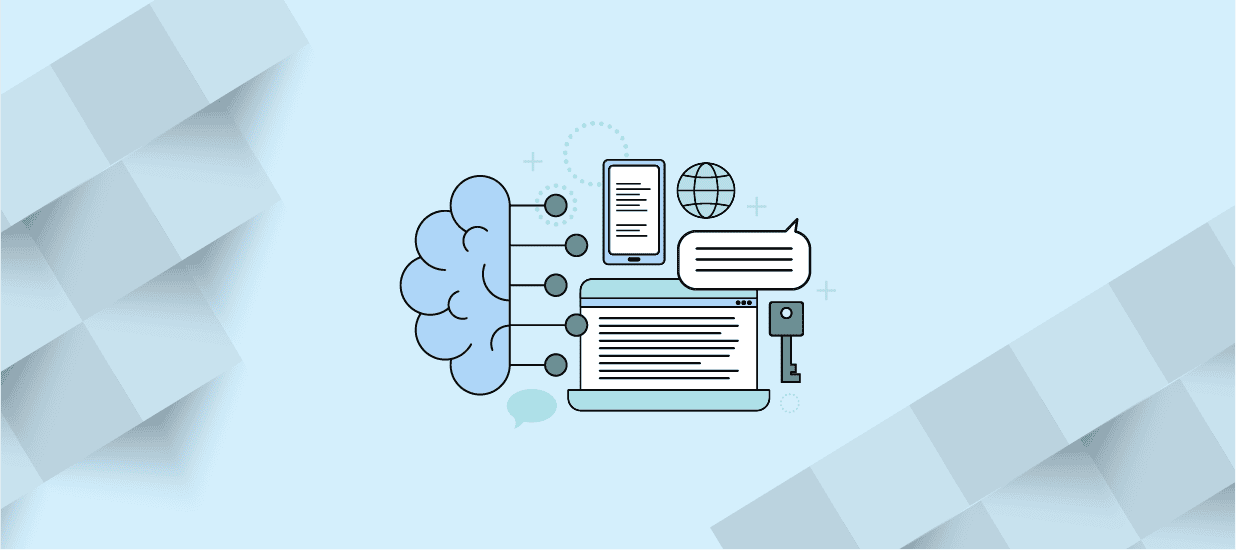Data science is the backbone of informed decision-making in companies. It gathers, analyzes and makes sense of large data sets. Data science encompasses a wide range of tasks. Those on a data science career path need to be versed in many areas. Let’s dig deeper into the most important aspects of data science. We’ll tell you what you need to know and give you information on the types of companies and areas looking to hire data scientists.
1. Data Collection
Data collection involves gathering data for business decision-making, strategic planning and research. It can be conducted manually (think surveys and focus groups) or automatically (think sensor-based tracking).
Additionally, data collection methods are divided into three main categories: quantitative, qualitative and a combination of both.
Quantitative data is collected via surveys, polls, and experiments. Qualitative data is collected via in-depth interviews, focus groups and observations. Information gathered through quantitative and qualitative methods is known as “mixed” methods.
Structured vs. Unstructured Data
Data collection methods are divided into structured and unstructured methods, as well as active and passive methods.
Structured data methods:
- Have a set order and pattern and are typically quantitative
- Are often quicker and easier to implement than unstructured data collection methods. However, they often lack the flexibility of unstructured data collection methods
- Are often the best option for large-scale studies
Data collection methods are not exclusive. In many situations, a combination of structured and unstructured data collection methods is the best approach.
Unstructured data don’t have a set order or pattern. Examples of unstructured data include blog posts, comments on social media sites, emails, feedback forms and surveys. Companies often use artificial intelligence (AI) and natural language processing (NLP) software for insights and information.
Active Data vs. Passive Data
Active data collection requires someone to seek out the data required for their research. This method is often preferred over passive methods as it allows the researcher to be intentional with the data being collected. Additionally, it helps researchers avoid common sampling biases from passive data collection methods.
Examples of active data collection methods include surveys, experiments, focus groups, and observations.
Passive data collection methods are automated.
Examples of passive data collection methods include using server log to track website traffic, using Google Analytics to track the demographics of website visitors, or installing software on company computers to track employee productivity.
Passive methods are often the easiest way to get data. However, they may not produce the most accurate results.
2. Data Cleaning and Transformation
Many people view data cleaning as a less glamorous aspect of data analytics. But it is an essential part of the process. When combining multiple data sources, there are opportunities for data to be duplicated or mislabeled.
If data is incorrect, outcomes and algorithms are not reliable. Cleaning the information involves fixing or removing incorrectly formatted, duplicate and incomplete data within a dataset. There are many types of errors that can occur in datasets:
- Missing Values: The most common type of error is a missing value (also known as an “NA” or “null”). A missing value occurs when an entry does not have a value assigned to it
- Duplicates: Duplicate records occur when two or more records have the same values for all variables. It causes problems with statistical analysis because they alter results and make it difficult to draw conclusions
- Outliers: Outliers are extreme observations that vary from the rest of the dataset. Outliers are either much larger or smaller than the rest of the observations
Data Transformation
Data transformation changes data from one format into a new format that’s more useful for analysis. It is often the first step in a data pipeline, and it is essential to ensure that the data is useful. Companies use Extract, Transform, and Load (ETL) tools to transform the information. The most common data transformation tasks are:
- Converting data from one format to another (e.g., from CSV to JSON)
- Normalizing data (e.g., removing white space, fixing spelling mistakes)
- Enriching data with additional metadata (e.g., adding timestamps)
- Removing sensitive data (e.g., Social Security numbers)
Scientists use ETL tools to automate extracting data from its source, moving it to a staging area, and then loading it into the final data warehouse or data lake.
3. Statistical Analysis
The ubiquity of data in the digital age makes statistical analysis an essential business skill. Data is generated every time someone makes a purchase, completes a survey, or sends an email. Statistical analysis involves collecting, exploring, and presenting large amounts of data to discover underlying patterns and trends.
Statistical analysis allows you to compare results to past performance, benchmark against industry averages, measure progress against goals, and identify any outliers. It’s a numbers-based approach to solving problems, testing hypotheses, and making decisions. There are several types of statistical analysis, but the most common are exploratory and confirmatory.
Confirmatory Analysis
Confirmatory analysis refers to testing a hypothesis against a data set. Scientists use it to test a hypothesis and explore the possibility of a relationship between two or more variables. Confirmatory analysis is particularly useful for exploratory analysis because it enables you to create a dataset for future hypothesis tests.
Confirmatory analysis is often used in the social sciences and applied sciences where hypotheses are difficult to test due to complexities or ethical considerations. This type of analysis often involves a smaller sample size than exploratory analysis. Why? Because it is trying to prove something rather than explore a hypothesis. This type of analysis involves testing different variables to see which produces the most beneficial results.
This approach requires much more rigor than exploratory analysis. It is also more costly and time-consuming to conduct. Confirmatory analysis requires a large control group or a larger sample size.
Due to the increased rigor required, confirmatory analysis often requires more precise and quantifiable questions than exploratory analysis.
For example, instead of asking “what is the best product to sell online?” you would ask “what is the best product to sell online that also has a profit margin of at least 20%?” This more precise question will lead to a more accurate analysis.
Confirmatory analysis is often used to validate analytical findings from exploratory analysis. An example of this might be determining which variables in a given model are statistically significant. Confirmatory analysis is often much more precise and quantifiable than exploratory analysis, but it is less exploratory than inductive analysis. Confirmatory analysis often relies on exploratory analysis as a foundation.
Exploratory Analysis
Scientists use this approach to discover patterns and trends in data with no hypothesis in mind. This type of analysis is exploratory. It is not driven by any expected results, and the results may not be actionable. The purpose is to observe the correlations between different data points to identify patterns.
4. Data Visualization
Data visualization is the process of creating interactive visuals to quickly understand trends and variations and derive meaningful insights from the information.
They are the best way to share information with the team, stakeholders, and customers. Visuals make the data easier to digest and they are easier to share. The most common types of visualizations are:
- Graphs
- Charts
- Tables
- Maps
Data Visualization Advantages
Data visualizations benefit organizations in many ways, they are:
- Useful for allowing businesses to take quick action in their operations
- Provide a detailed analysis of the data for the comparison and identification of patterns
- Simplify and make data easier to understand and consume for non-technical users
Data visualizations are helpful in communication, both internally and externally. They are a quick and easy way to share information and data with stakeholders, partners, customers, and employees. Additional benefits include:
- Identify Patterns in Operational Data: Data visualization techniques help scientists understand the patterns of business operations. By identifying solutions in terms of patterns, data scientists apply these lessons to eliminate one or more of the inherent problems.
- Identify Market Trends: These techniques help us identify trends in the market by collecting data on daily business activities and preparing reports. This helps track the business and reflect on what influences the market. These reports are beneficial for the organization as they help in taking quick actions to adjust to the ever-changing market conditions.
- Identify Business Risks: These techniques help us identify risks by collecting data on daily business activities and preparing reports. This helps reflect on what influences the risk factors in operations. These reports are beneficial for the organization as they help in taking quick actions to avoid adverse consequences from those risks.
- Storytelling and Decision-Making: Knowledge of storytelling from available data is one of the niche skills for data science. It helps to know how to frame the data in a way that is most meaningful to the audience. This storytelling is accomplished when data scientists know how to find the story within the data. The best data scientists know how to construct a narrative from data by asking the right questions. They know how to find cause and effect within the data as well as how to find a common thread. They know how to frame the data in a way that is most meaningful to the audience.
Continue Learning
Do you want your data analysis to have the intended impact?
Business-Driven Data Analysis teaches a proven and repeatable approach that you can leverage across data projects and toolsets to deliver timely data analysis with actionable insights.
Understand your stakeholders’ needs and solve business problems with critical insights.
Author
-

The Pragmatic Editorial Team comprises a diverse team of writers, researchers, and subject matter experts. We are trained to share Pragmatic Institute’s insights and useful information to guide product, data, and design professionals on their career development journeys. Pragmatic Institute is the global leader in Product, Data, and Design training and certification programs for working professionals. Since 1993, we’ve issued over 250,000 product management and product marketing certifications to professionals at companies around the globe. For questions or inquiries, please contact [email protected].
View all posts







